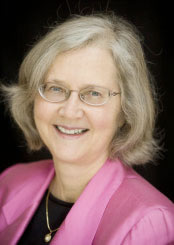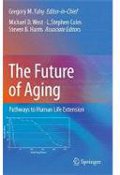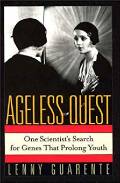Carol W. Greider and Elizabeth H. Blackburn Discover A Specific Telomere Terminal Transferase Later Known as Telomerase
 Who:Elizabeth Blackburn, Carol W. Greider
Who:Elizabeth Blackburn, Carol W. GreiderWhen:December 01, 1985
Methods: By obtaining extracts of Tetrahymena during macronuclear development when new telomeres are generated
Institution: University of California - Berkeley
Where: Berkeley, California, U.S.A
In 1985 Elizabeth H. Blackurn and Carol W. Greider set out to find a model of terminal transferase-like activity which could add telomeric repeats to a host cell. The idea that such a model existed was proposed a year earlier by Shampay, Szostak, and Blackburn.2
Blackburn and Greider noticed that mated Tetrahymena undergoing macronuclear development fragmented their chromosomes into more than 200 pieces and new telomeres were then generated at the ends of the fragments. Their idea was then to compare extracts from these cells to Tetrahymena cells undergoing normal vegetative growth.
Using a single-stranded DNA oligomer as a primer to assay telomere length, Blackburn and Greider found that the extracts of Tetrahymena undergoing macronuclear development indeed caused telomere elongation. Their discovery proved to be of profound significance, not just in showing that telomere length could be extended de novo, but also for suggesting a model as to how telomeres might be elongated.
References
Links




